HANGING AROUND
Hangtime Gear – Santa Fe, New Mexico
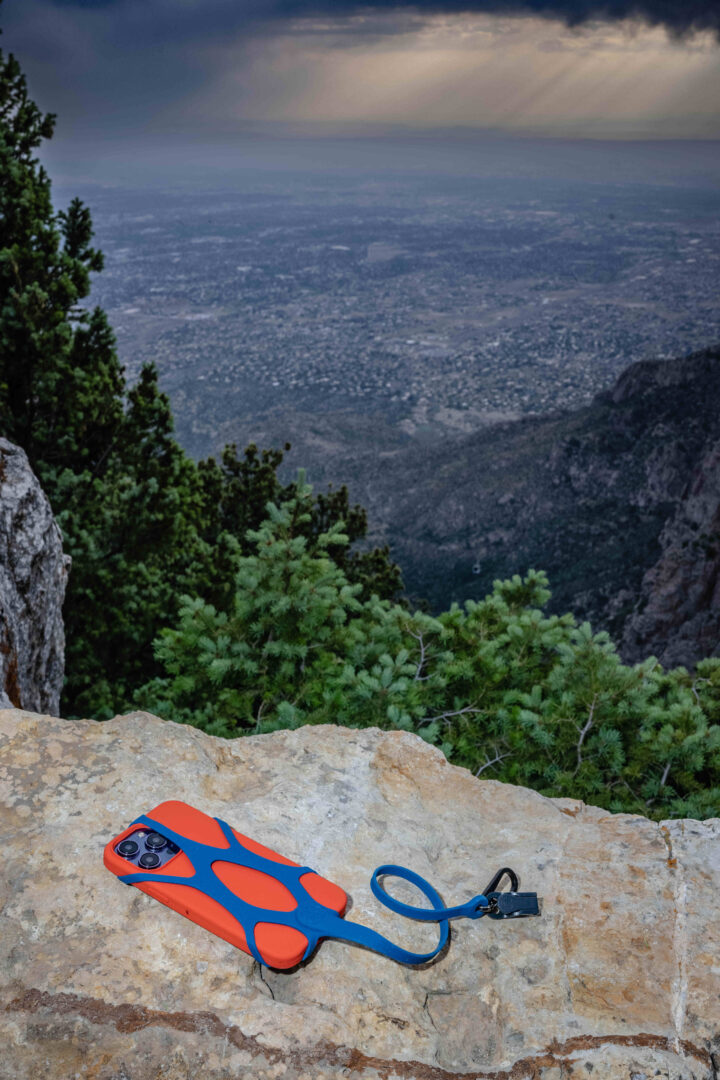
Smack dab on the corner of necessity and ingenuity, Haj Khalsa discovered a way to fill what has evolved into a basic need while creating a product that, as an outdoor adventurer, fit his exact specifications.
Cell phones, of course, have become ubiquitous parts of our existence. They travel everywhere we do; from work to play and from the beach to the mountains. Keeping those fragile screens that seem are constantly at risk of cracking, breaking and fragmenting, rendering the phones at the very least, less enjoyable and productive to use, has become a rather lucrative cottage industry.
But what about the phones themselves? How many have slipped from clutching fingers to crash to the floor? And that says nothing about the outdoorsman trying to get out a text while in a rather precarious position. Whether perched high above a canyon floor, dangling from a big wall, or riding a lift on the way to a ski adventure, Khalsa always felt like his phone was in constant danger of disappearing far, far below. It seemed like there should be a fix to prevent the loss of a phone to a quick slip.
“I wouldn’t say it was one aha moment,” Khalsa says. “It was just the recognition over a lot of experiences that there should be a solution to this. And then incrementally thinking about it until I came up with something that I thought was the right solution.” That solution is now known as the Hangtime Koala, the primary product of the Hangtime Gear line. And in 2022, the latex phone accessory did more than $1 million in gross revenue, “and we’re hoping to double that amount in 2023,” he says.
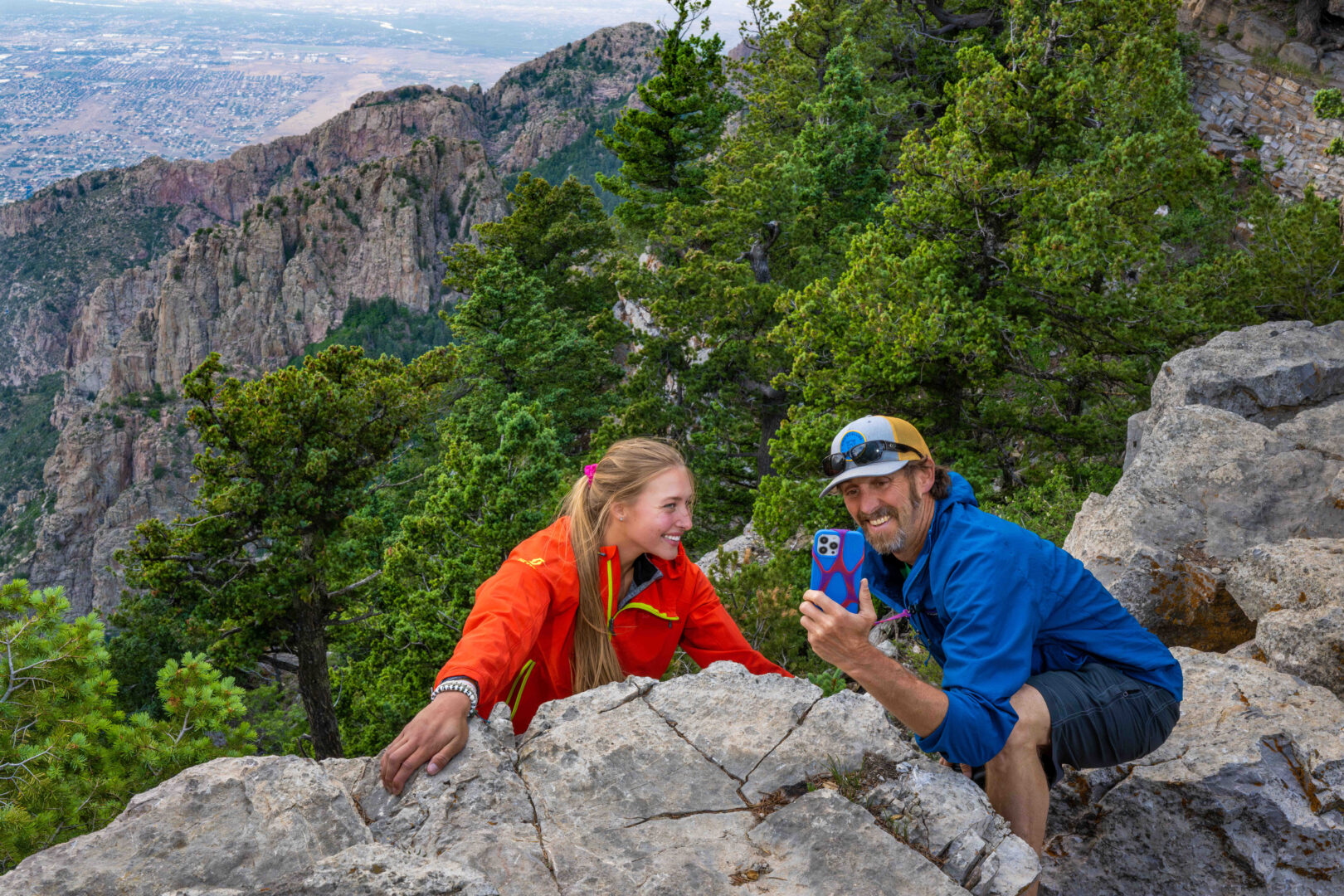
NECESSITY IS THE MOTHER OF INVENTION
As for creating the product, Khalsa was an experienced – if somewhat disappointing – startup designer. But his previous ventures had been in software apps and since he did not code, he was rather at the mercy of others. “I was very familiar with materials, designing the concepts and being a natural in the outdoors myself, I understood what I wanted. So I started with hammocks but that was really just like straps and things to go with hammocks,” Khalsa says.
While that development proved to be something where the margins were too tight for a small entrepreneur to make an impact, it helped pave the way for the Koala. “That was really, what I would say was the experimental phase for the brand, to see if I could get it,” he says. “I had been thinking about how to solve this problem that resulted in the quality design and thinking about something that would solve the problem: keeping your phone safe while you’re on the skewer.”
As it was a situation many climbers and skiers in particular must have faced frequently, there had to have been an answer out there. “Really just every time I took my phone out of my pocket, on a lift, or on a wall, I just was over gripping,” Khalsa says. “I was holding on too tightly. I just didn’t like the sensation. So I thought, ‘There’s got to be a solution. Come on. This isn’t that hard, who’s making a case with a strap built in or who’s making a case with a little clip built in, something I can clip something to?’ And it just didn’t exist.”
After much trial and error, he came up with the Koala device, a cellphone wrap designed to securely attach the phone to clothes. He picks up his phone encased in a rubber-like sheath with a tether and quickly swirls it around several times in a windmill motion. Rather than it flying off into the nether, the phone simply settles back on the end of its leash.
“I kind of came up with this idea of putting something over the (phone) case rather than replacing a case because people have their case, for various reasons. They like the way it looks, or they like some feature about it,” he explains. “And me asking them to change cases seems like a more difficult process than saying, ‘Hey, here’s the thing you can augment your case with.’ Right? And that it will fit in. Plus, in general, my product doesn’t age out the way that it would if you’re selling cases, where every time they change the phone shape, you’ve got to destroy all your inventory or something.”
For a start-up venture, that simply didn’t seem practical. “I wouldn’t have ever survived if I had to do that,” he says with a smile.
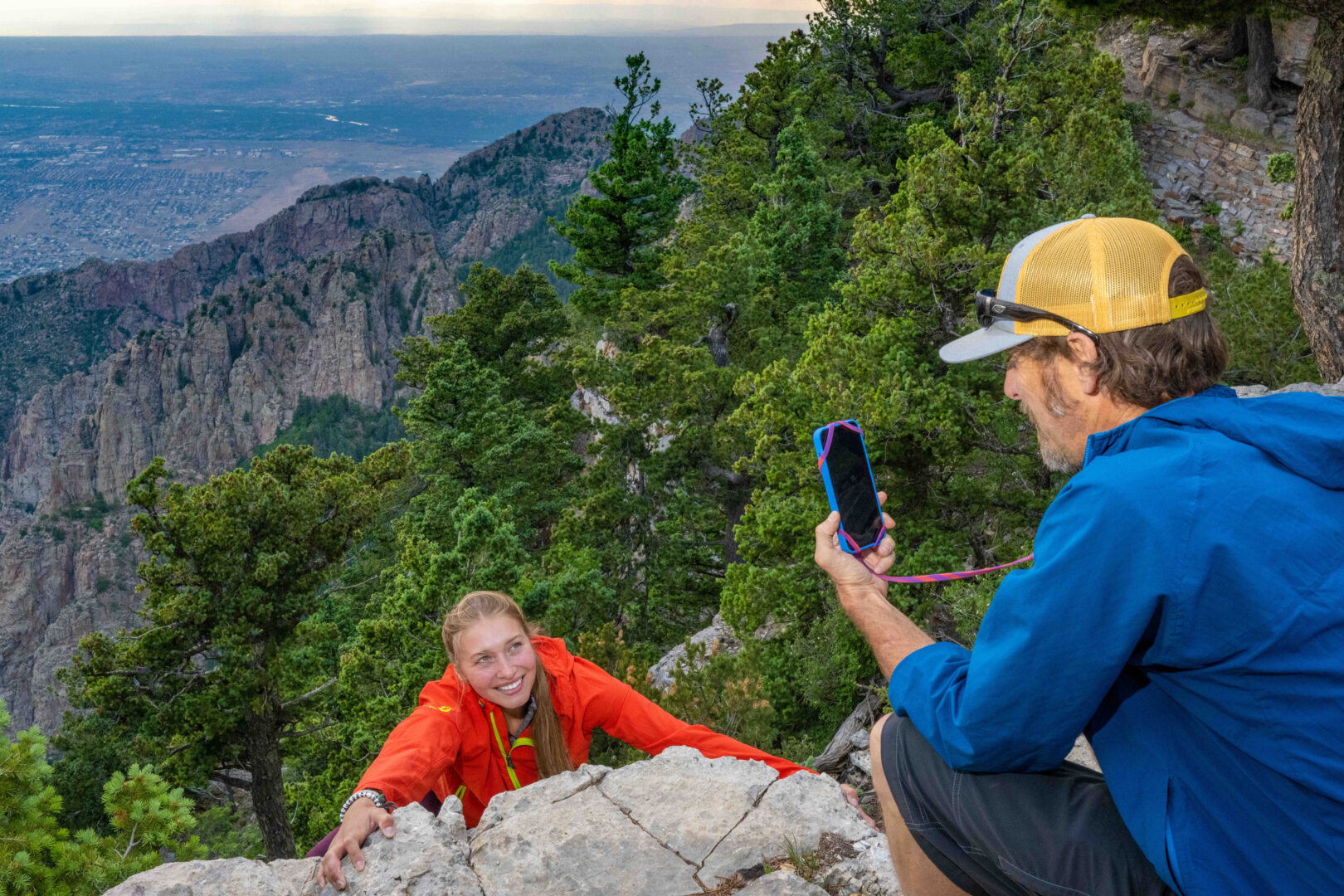
As it was, Khalsa had to undertake the rather drastic step of selling a house as one of his capitalization means during the project’s start-up phase, particularly getting the work out during the launch on crowdsourcing platform Indiegogo.
“I actually sold a house to fund the launch. So I sold the house that I had. And I used that to pay for ads, and inventory,” he says. “We did about a half million in sales on our launch, because of the amount spent on ads. So when you’re on a crowd-funding platform, they kind of reward you for going above and beyond what you say you’re gonna do. If you say you’re gonna raise $50,000, and you raise half a million, then they reward you. So it gets you that much more exposure.”
To make that happen, Khalsa used a public-relations firm familiar with startups. “I hired an agency and we worked on it and they’ve worked out what it takes to exceed the expectations of the algorithms. And then you get rewarded, which means you get more audience or more volume, more hits. So we launched on Indiegogo and did a big splashy launch and because of the success of that launch in the fall of 2019, we got picked up by the New York Times in 2020 in January, and then again in fall of 2020, for their ski holiday gift guide. That was a huge boom, as you can imagine. I don’t know entirely that we would have survived without that PR bomb at that moment.”
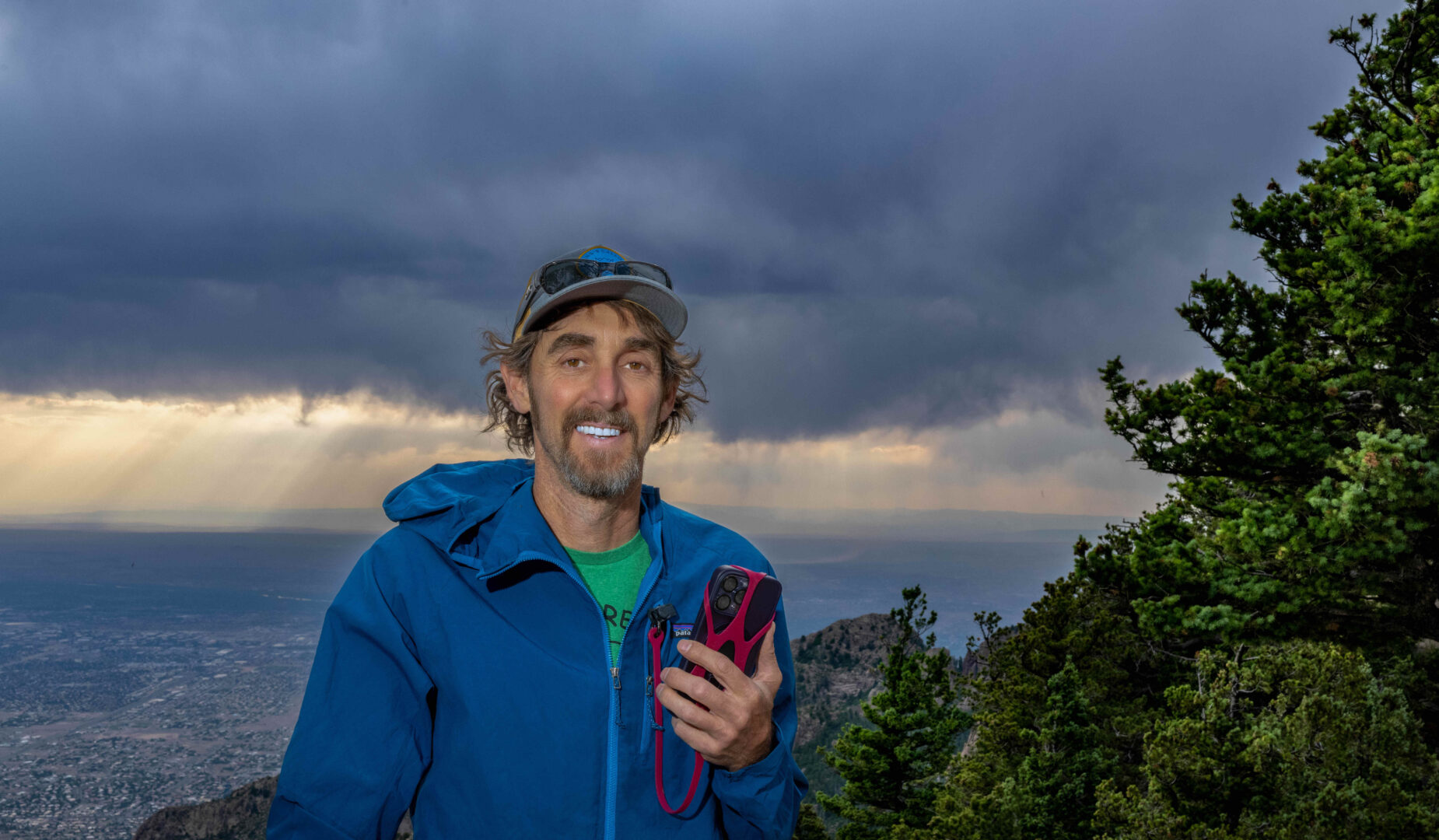
FROM CONCEPT TO REALITY
When Khalsa realized that he potentially had a winner of an idea, he had to bring that idea to fruition. “It was a long process, probably the pre-launch phase was nearly two years,” he says. “There was about a two-year pre-launch phase, which was designing various sort of prototyping, patents, trying to raise some funds, trying to build a team, working on the branding, work on the website, all of that stuff. That was about, maybe not a full two years, but it was sort of in incremental prelaunch phase where I was doing other work. And then I was doing that as well.”
And that meant starting from scratch designing the object. “Originally, it was just buying the right thickness of material, thinking about how much stretch I wanted, learning about the materials,” Khalsa recalls. “I mean, I was familiar with gear and I was familiar with what I wanted to do, but I didn’t know materials, tie ins or anything. And so I came at it from very much a perspective of ‘Let me just see what works,’ and so I bought different kinds of materials and came up with different designs and then do the earliest prototypes for them.”
It wasn’t exactly a scientific approach, but it was one that worked. “I mean, I just threw them on my jacket. And the early ones were literally pinned to my jacket with, like a piece of cord, you know, just to see if they would hold and see if it felt safe,” he says. “That was essentially your testing, you take your prototypes and go up on a climb, and I’m 500 feet off the deck, and I’ve got my phone clipped to my pocket.”
While the Koala is now made out of state, the early prototypes were done in Albuquerque. “The original ones were cut out of a sheet, that one that you have is a 3-D mold,” Khalsa says. “You can tell because it has the embossed logo and all of that. So that’s made in the mold. The original ones were actually cut with a waterjet cutting machine. There’s a place here in Albuquerque that has that machine.”
It’s designed to fit into a pocket and comes with a clip or a clamp to be more compatible with different people’s preferences. “The way this works best is it works well in tandem with a pocket. So people often ask, you can hang it around but it works well with pockets. It was it was designed to be,” he says, then picks up a phone and stretches into the corners of the Koala.
“Basically that stretches over your four corners. That’s holding it tightly. And then it comes with a clamp or a clip. So, depending on what you prefer and what you’re wearing. So typically, with a ski jacket, you’re not necessarily going to have a clip on your chest pockets, right? They don’t always put one in the pocket. So this clamp going over the edge of the zipper on a chest pocket on a ski jacket and works great. That was kind of where that came from. And then eventually, people asked for the clip as well. So we added one. I mean, in the early days, it didn’t have both. It just had the clamp and it had a coil leash, and then we went to a straight one. This is the version two.”
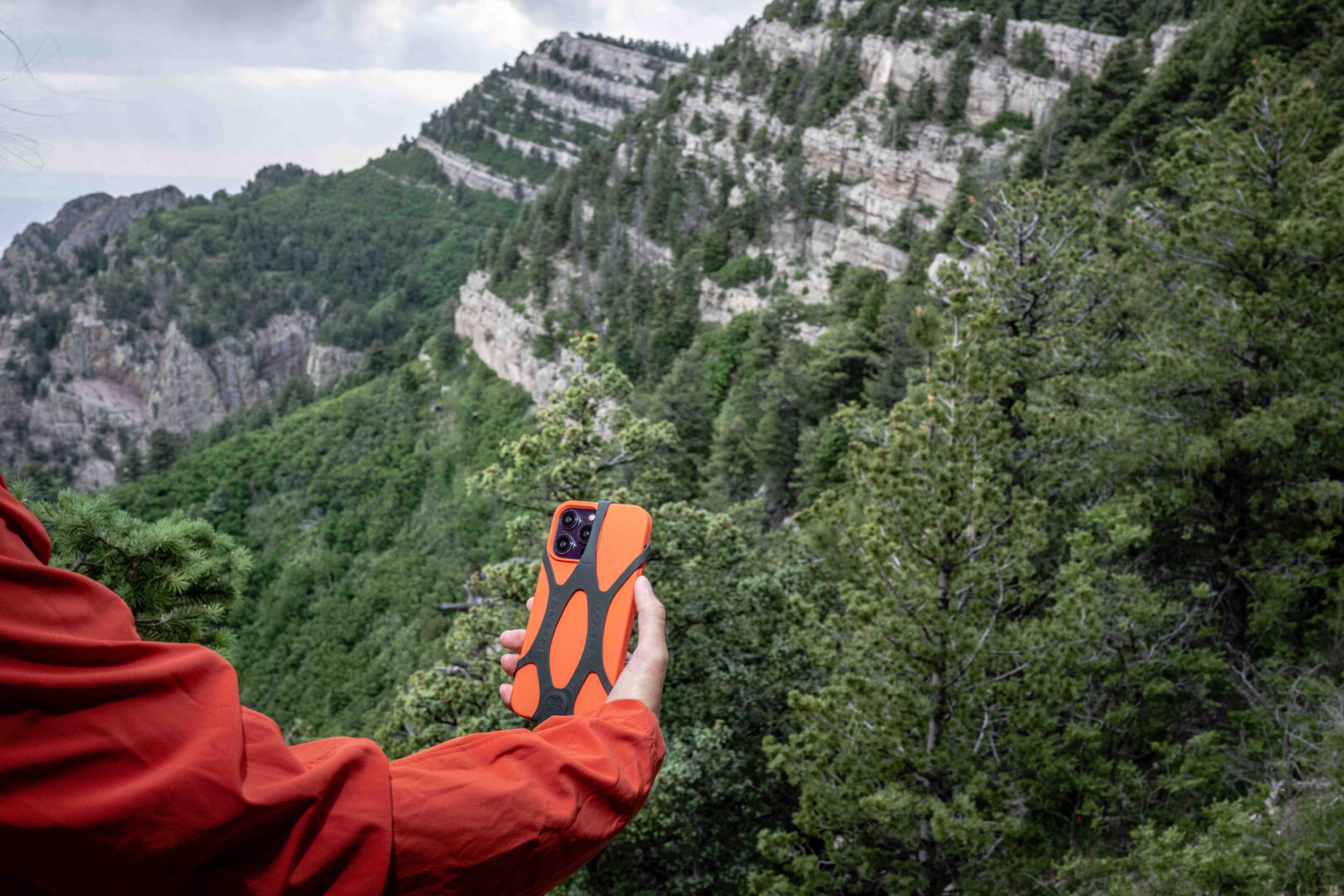
NEW MEXICO STATE OF MIND
The device, Khalsa says, very much captures the essence of New Mexico. “It kind of points to a kind of a spirit of the state,” he says. “And I would say that one of the fundamental things that I think of for this state is sort of freedom. And the ability to be as weird, as cool, as strange, as creative as you want to be. And no one will stop you or push back on that. And that freedom, I think, is very healthy and good for creatives and entrepreneurs.”
That mindset is a huge factor in just being able to think outside the box – something that is important to Khalsa, whose background is in art but who sees beauty in the enchanting surroundings.
“I would say that that’s a huge part of it. I mean, I live here in part because of the great outdoor access that we have. The way I would say it is, we have world-class outdoor resources because you’re the only one that’s going to be up there,” he says. “I mean, it’s not always the best in the world. But given the proximity, the ease of access, and the fact that you’ll be there that day, it’s pretty dang good. So I get out to play quite a lot. I climb, I ski, I boat, I ride my mountain bike, I hike. I think it’s huge.”
And as a matter of fact, some of his earlier entrepreneurial enterprises were very encouraged and fueled through state and local Santa Fe seed grants.
“I owe a debt of gratitude to the infrastructure that’s here in the state,” Khalsa says. “There have been a series of both city and state programs that I was able to participate in and take advantage, but a lot of those programs are gone, which, you know, does speak to kind of the intermittency of the infrastructure. But I personally was able to participate in a lot of different kinds of programs that were very helpful. Some of them involve some cash awards for business competitions. I’m thinking of the ‘Velocity Project,’ which was a program in Santa Fe a long time ago. And there was the business mix program which was also in Santa Fe, it was a mixer which was like a social and business party thing that would happen once a month. It was an opportunity to network and meet people and have cool sort of overlaps.”
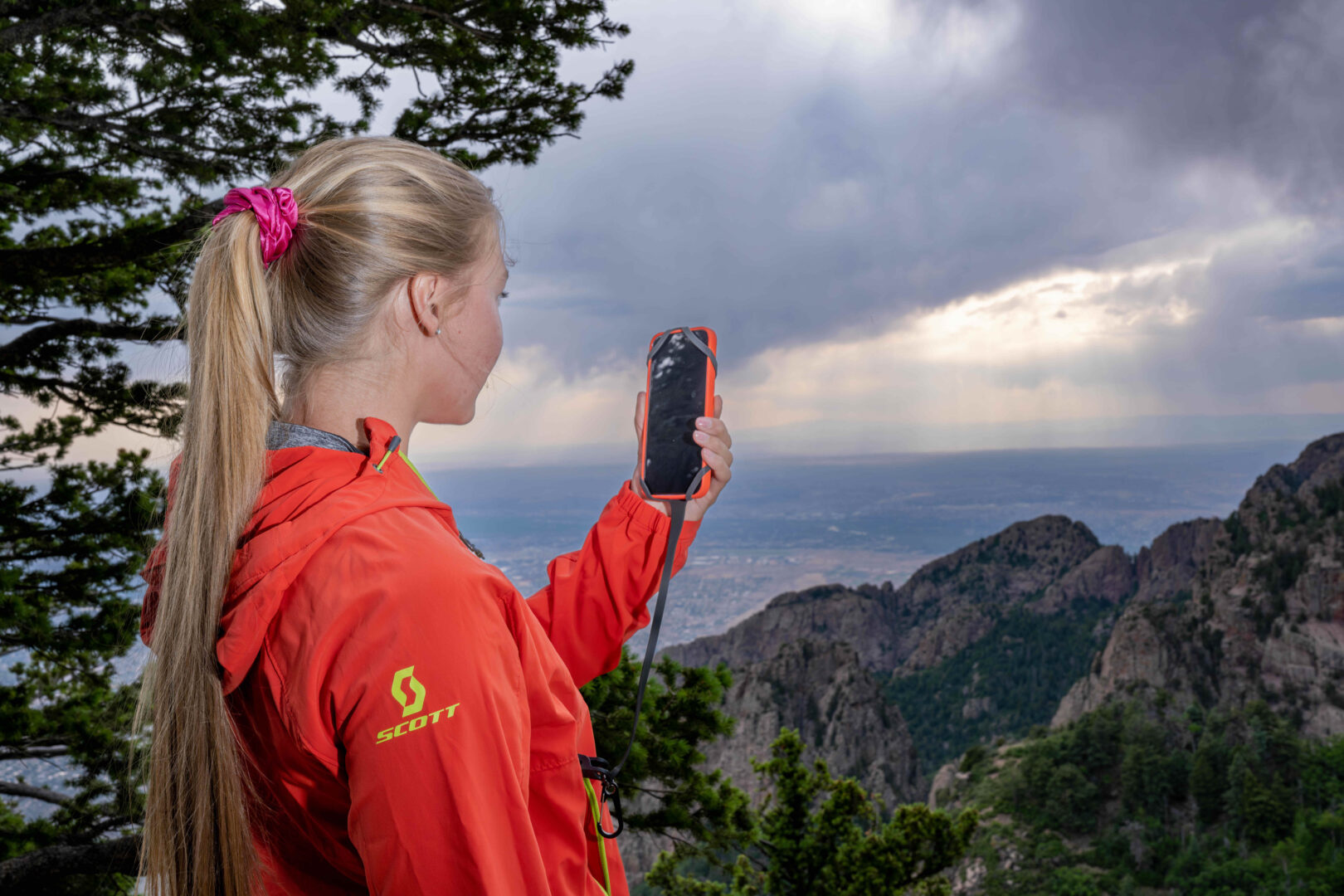
FUTURE FOCUS
It has been a long road, but now Khalsa is starting to be able to reap the benefits of his work.
“Once you get the traction, and once you have been through the really sleepless nights, and the scary prospects of all the money going away, and then you can kind of enjoy the growth part, then you can kind of be inspired by it, instead of it being a drain on your psyche. It becomes a boost. But one of the hazards of a startup is that you kind of get consumed by the growth mentality. You sacrifice everything for more growth, more growth, more growth, and you forget a little bit why you started it. And I very much started Hangtime to facilitate my outdoor interests the way I like to live. So every time that I’m looking at a potential growth opportunity, whether it’s developing a new product or opening a new channel or starting a new ad campaign, I just have to ask myself, ‘How much do I really want to work this year?’”
With the product gaining significant ground annually, however, Khalsa sees this time as still on the upswing as far as Koala’s future. “I do want it to succeed and I care about the growth part, but I also really, really care about my time out in the mountains, right? So no plans for new products because we have a lot of growth potential left with this one and I’ll get there when I get there.”
And it is getting there. “I think what’s fun for me is when somebody who knows me sends me a text and says, ‘Hey, I was just on a lift in the Alps, and somebody pulled out a Koala,’ That kind of thing when people see them, friends of mine. So it is spreading and that’s always fun. There was somebody that just sent me a text the other day telling me ‘We were out on some kayaks, and three of the five people all had one.’ All right, we’re getting there.”
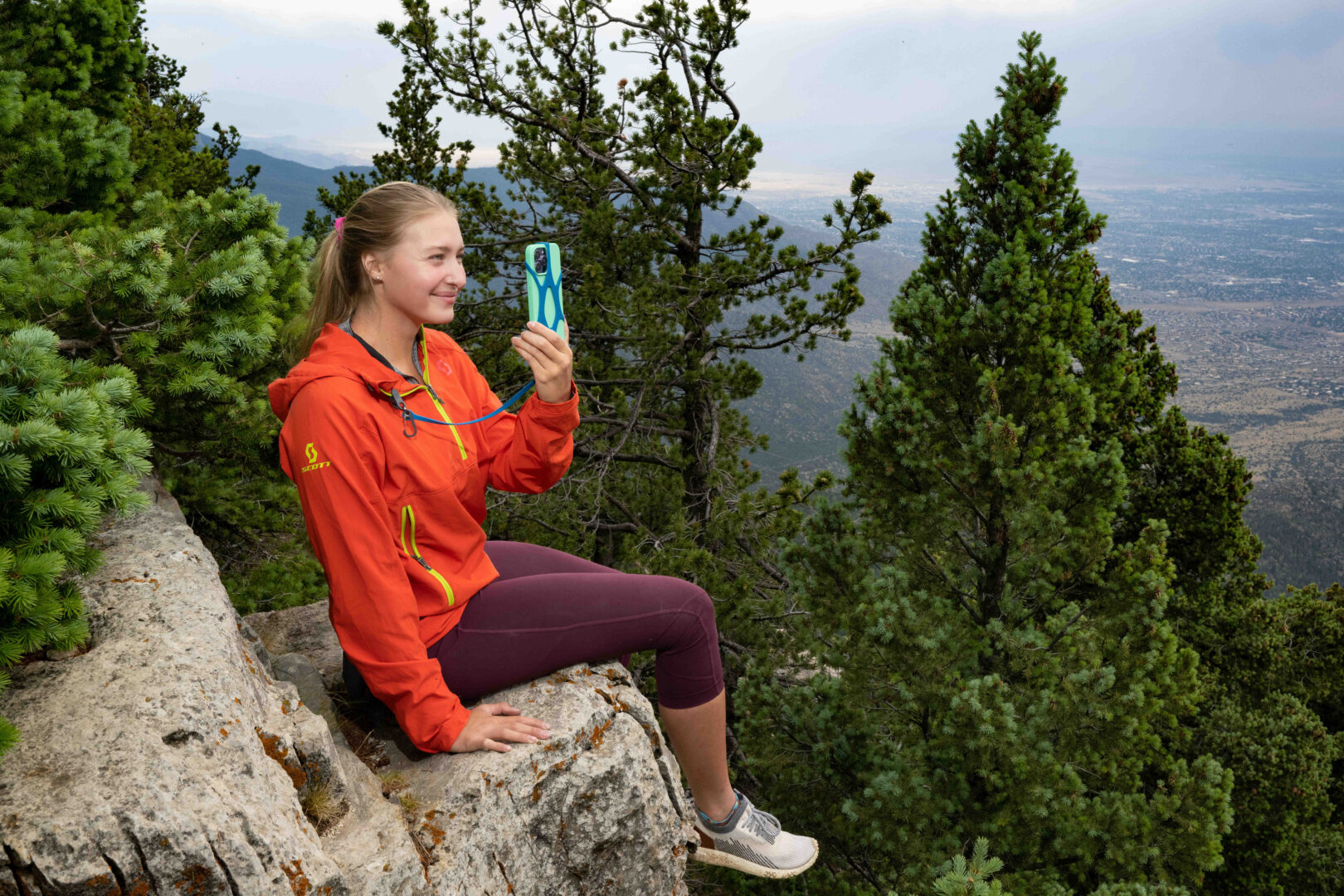
Photos by Roberto E. Rosales Photography Editorial by Glen Rosales
Hangtime Gear – Santa Fe, New Mexico